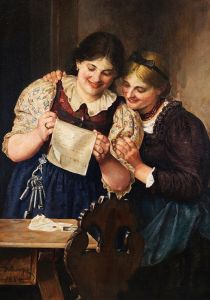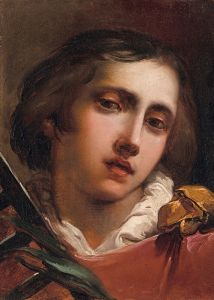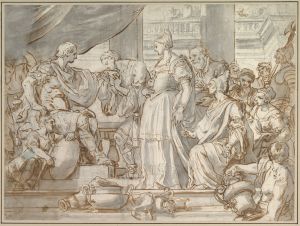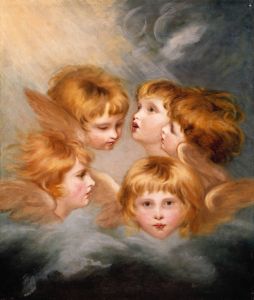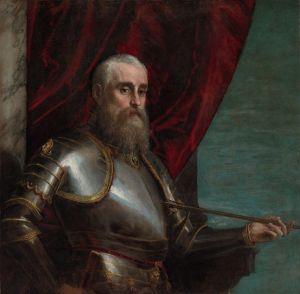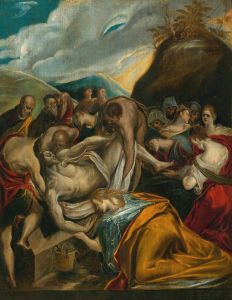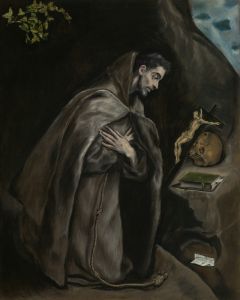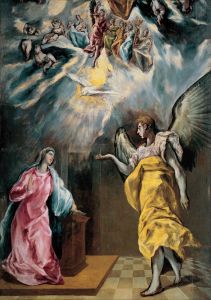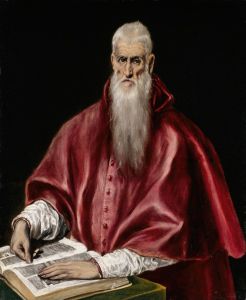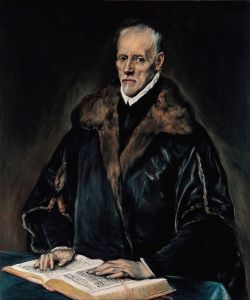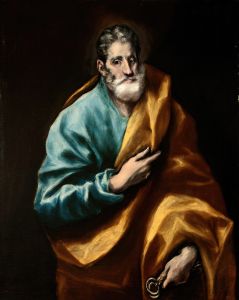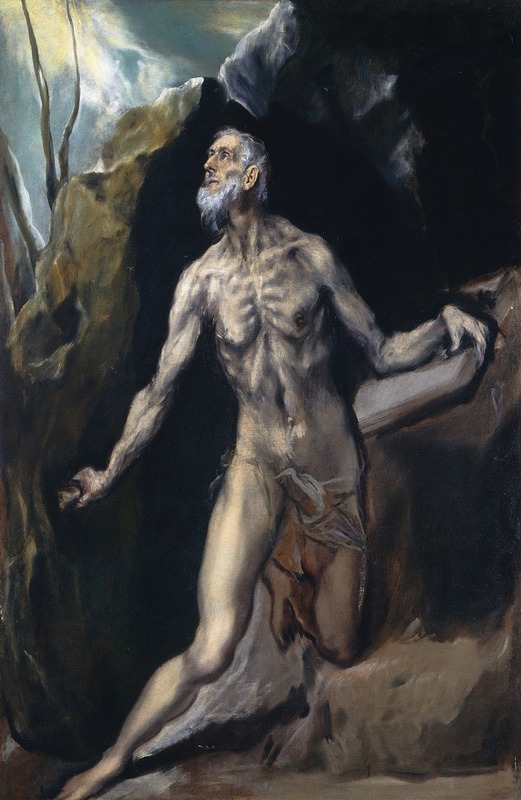
Saint Jerome
A hand-painted replica of El Greco (Domenikos Theotokopoulos)’s masterpiece Saint Jerome, meticulously crafted by professional artists to capture the true essence of the original. Each piece is created with museum-quality canvas and rare mineral pigments, carefully painted by experienced artists with delicate brushstrokes and rich, layered colors to perfectly recreate the texture of the original artwork. Unlike machine-printed reproductions, this hand-painted version brings the painting to life, infused with the artist’s emotions and skill in every stroke. Whether for personal collection or home decoration, it instantly elevates the artistic atmosphere of any space.
Saint Jerome is a painting by the renowned artist El Greco, whose real name was Domenikos Theotokopoulos. El Greco was a prominent painter, sculptor, and architect of the Spanish Renaissance, known for his distinctive style that combined elements of Byzantine and Western painting traditions. Born in Crete in 1541, El Greco spent significant periods of his life in Italy and Spain, where he developed his unique artistic voice.
The painting "Saint Jerome" is one of several works by El Greco that depict the Christian scholar and translator, Saint Jerome. Saint Jerome is a significant figure in Christian history, best known for his translation of the Bible into Latin, known as the Vulgate. He is often depicted in art as a scholarly figure, sometimes shown in a study or with a lion, which is part of his hagiography.
El Greco's depiction of Saint Jerome is notable for its expressive use of color and dramatic composition, hallmarks of the artist's style. The painting captures Saint Jerome in a moment of contemplation, often portrayed with a book or a skull, symbolizing his scholarly pursuits and the theme of mortality. The use of elongated forms and vibrant colors in the painting reflects El Greco's departure from the naturalism of the Renaissance, moving towards a more expressive and spiritual representation.
The exact date of creation for El Greco's "Saint Jerome" is not definitively known, as he painted several versions of this subject throughout his career. However, many of these works are believed to have been created during his time in Spain, particularly in Toledo, where he spent the latter part of his life. Toledo was a cultural and religious center in Spain, and El Greco's work was deeply influenced by the spiritual atmosphere of the city.
El Greco's "Saint Jerome" is often praised for its emotional intensity and the way it captures the inner life of the saint. The painting's composition typically features strong contrasts of light and shadow, a technique known as chiaroscuro, which El Greco used to enhance the dramatic effect of his works. This approach not only highlights the physical features of Saint Jerome but also serves to convey a sense of spiritual depth and introspection.
The painting is part of El Greco's broader body of work, which includes religious subjects, portraits, and landscapes. His style was initially met with mixed reactions, but he is now celebrated as a master of Spanish art and a precursor to both Expressionism and Cubism. El Greco's influence can be seen in the works of later artists, including Pablo Picasso and Jackson Pollock, who admired his bold use of color and form.
Today, El Greco's "Saint Jerome" can be found in various art collections and museums around the world, reflecting the enduring appeal of his work. The painting continues to be studied and appreciated for its artistic innovation and its ability to convey complex spiritual themes through visual art.





